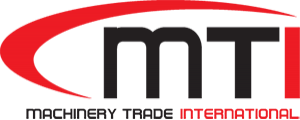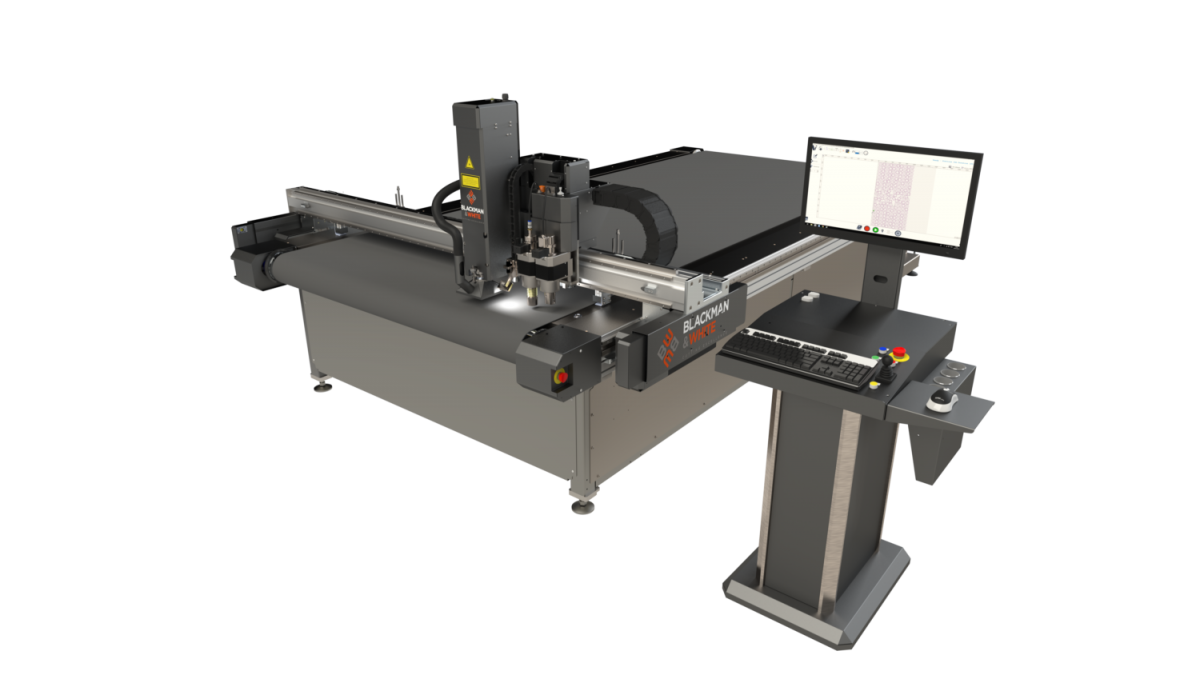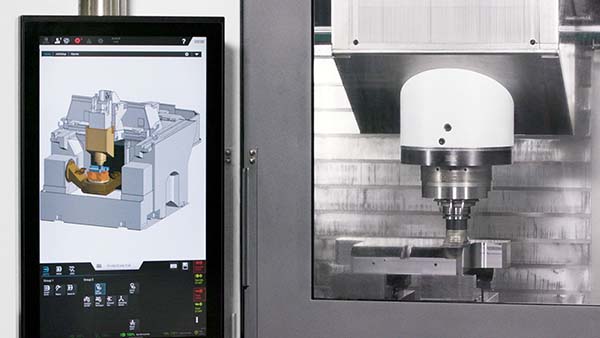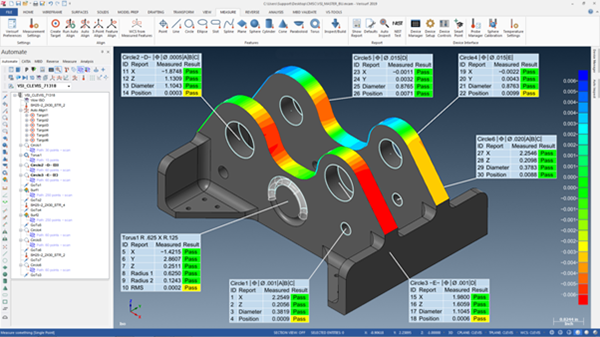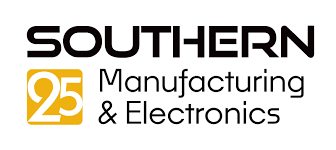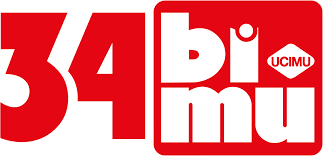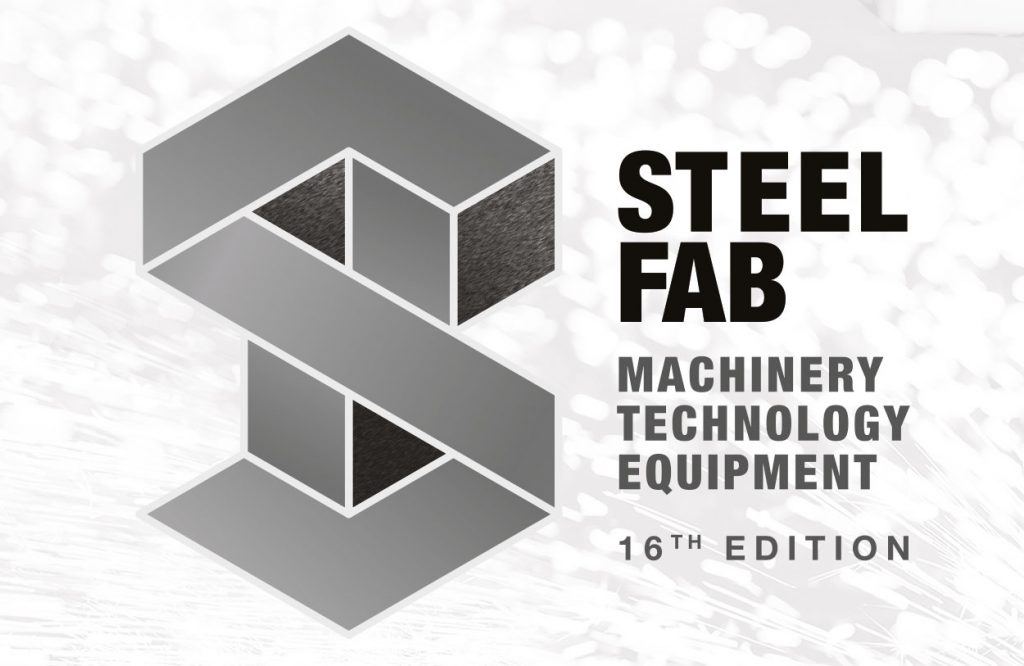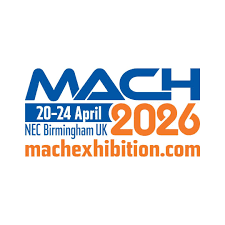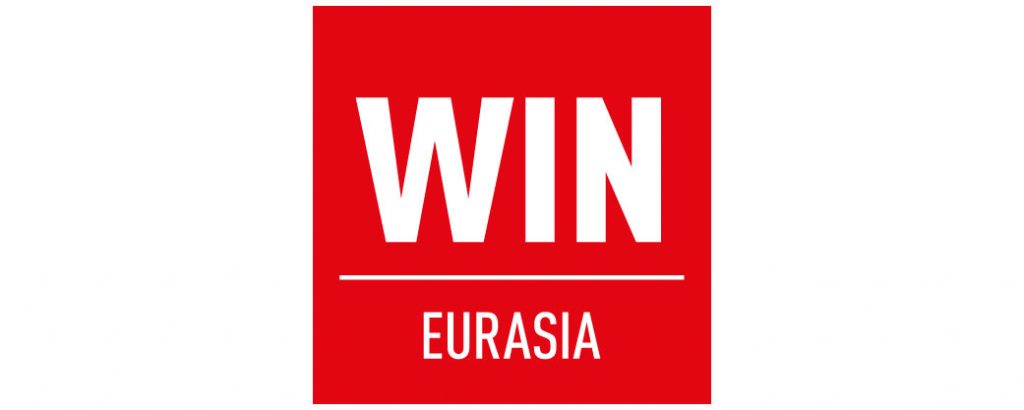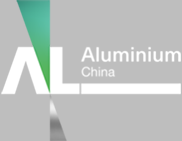
With a wide range of production capabilities, France-based Erpro Group is able to adapt to the needs of its customers by offering them a range of prototype parts, from pre-production to mass production. In this environment, WorkPlan and WorkNC software from Hexagon play a key role.
The group uses production planning software from Hexagon’s Manufacturing Intelligence division to automate and manage processes such as job costing, quotations, sales order processing, planning, quality, time, purchasing and stock management.
Workshops in a number of companies throughout the group also use WorkNC, Hexagon’s automatic CNC software for surface and solid models in mould, die and tooling applications for two- to five-axis CNC programming.
“We abandoned the first ERP system we had acquired because it was not suited to our needs,” recalls Cyrille Vue, director at the holding company. “A new contract we were tendering for required simplicity, speed, agility and flexibility from the future software package. At the end of our comparison of various systems on the market, we chose WorkPlan software.”
He adds: “The flow of information in WorkPlan must be continuous and precise. This is particularly important when we’re looking at the profitability of an operation. In this respect, the software has fully supported the growth of Erpro Group, acting as its production planning backbone.”
The Erpro Group has also invested in Hexagon’s WorkNC CAM software, which now plays an important role in the workshops, particularly on the Erpro site.
“With WorkNC, we are able to machine a 3D-printed part on a five-axis machining centre, from the same CAD file,” says Vue.
This is where WORKNC comes into its own, as there are new parts that require manufacturing every day, all of which require new programs.
For further information
www.worknc.com
